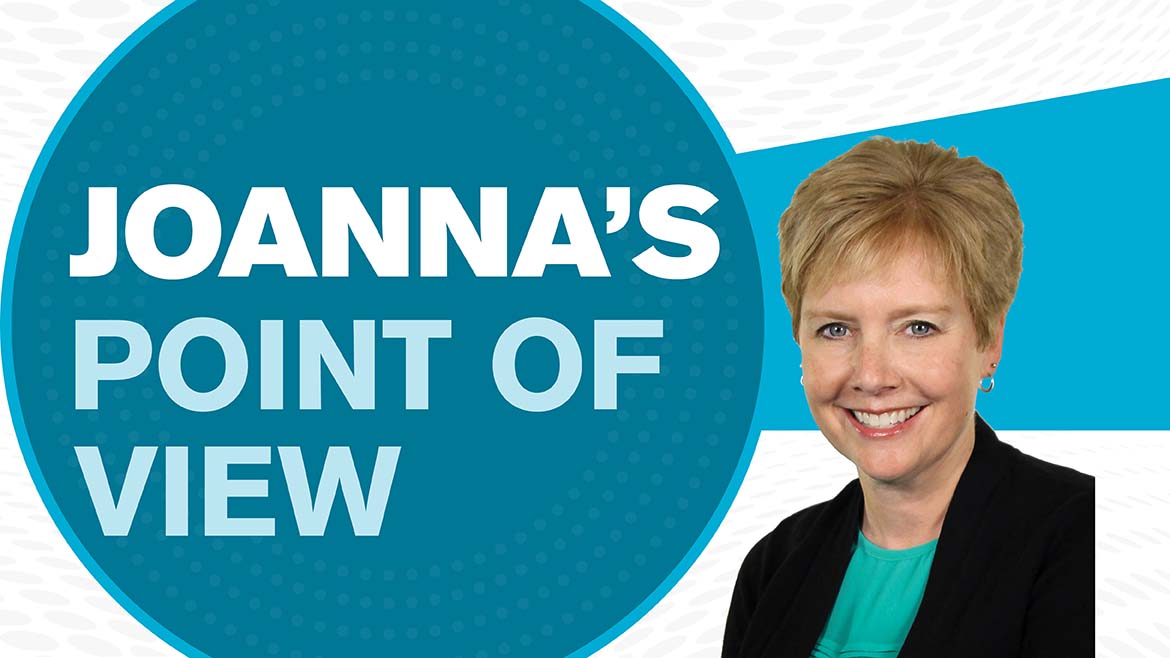As part of the AIM Act, the EPA introduced a proposed rule last October that outlines plans to bolster the U.S. refrigerant supply, including measures aimed at increasing HFC recycling and reclamation. This is vital, as the phasedown of HFCs is reducing the availability of virgin refrigerants, and the EPA is relying on reclaimed refrigerants to maintain existing equipment in future years.
Of course, in order to increase HFC recycling and reclamation, the refrigerant must first be recovered, and the sad fact is that even though it’s the law, some HVACR contractors and technicians neglect this step on job sites. Given that the HVACR industry will need to increase its use of reclaimed HFCs, there will be a greater focus on recovering refrigerants. With this escalating demand, it's not surprising that some companies are exploiting the situation by selling counterfeit recovery cylinders.
These fake cylinders are a big problem for refrigerant reclaimers like Carl Grolle, president of Golden Refrigerant, who first started noticing them last summer but didn’t think too much about it. However, by fall, the counterfeit cylinders started appearing more regularly, and recently, his company has received shipments where 25% of the cylinders were non-Department of Transportation (DOT) recovery cylinders.
“The cylinders are advertised as legitimate DOT cylinders and are significantly less expensive than DOT cylinders,” he said. “The contractors are being scammed. They have become comfortable buying online, and the importers and distributors of these cylinders are taking advantage of the contractor’s trust and/or lack of knowledge. The shame of the matter is that it might not be illegal to sell these cylinders, but the user becomes liable as soon as the cylinder is filled and transported in a vehicle.”
It can also be dangerous, as these counterfeit cylinders – which can be readily found on Amazon, Home Depot, Lowes, and Walmart websites -- are not manufactured to DOT standards and may pose a safety hazard. Grolle pointed out that a ruptured cylinder during use or transport could cause harm to nearby personnel, including injuries from flying debris or exposure to escaping refrigerant, as well as suffocation if released in an enclosed vehicle.
Concerned about the safety of these products, refrigerant cylinder manufacturer Worthington Enterprises purchased non-compliant cylinders from Amazon and tested them in accordance with DOT requirements. Even though compliant cylinders should bear the DOT specification marking, the serial number, a symbol registered with the associate administrator, and the inspector's official mark, along with the date of the test, none of the cylinders purchased on Amazon were properly marked, said Wayne Powers, sales director of cooling, construction, and specialty products at Worthington Enterprises.
“More troubling than a lack of markings, these cylinders all failed two or more tests required by DOT 49 CFR Par. 178.51 to ensure the strength and safety of the pressurized cylinder (e.g., elongation, minimum wall thickness, weld tensile strength, guided bend),” said Powers. “There were also visible gouges, poorly repaired defects, and poor paint adherence that would put the vessel at greater risk for corrosion, compromising the integrity of the pressurized cylinder.”
In addition, these cylinders were sold as 30 lb. and 50 lb. capacity, which are standard sizes in the HVACR industry, but the cylinders tested by Worthington had significantly lower capacity than marked (26 lbs. vs 30 and 38 lbs. vs 50), said Powers. “Cylinders are filled by weight, which is determined by the marked water capacity, and overfilling a cylinder can result in a catastrophic failure. Given the multiple serious concerns outlined above, we believe that these products represent a safety hazard to the HVACR industry. We have reached out to the DOT with this information and hope to continue to work with them to notify the industry of this serious safety concern.”
Grolle, too, has filed complaints with the DOT and has yet to hear back from them. With no federal relief in sight, Grolle urges distributors to turn away any counterfeit cylinders and encourages contractors who have non-DOT cylinders containing refrigerant to transfer it to a legal DOT cylinder and destroy the non-DOT cylinder.
“I’d like the regulators to figure out a way to take action,” he said. “Hopefully, the action will not be fining an unsuspecting contractor out of existence because he was transporting one of these cylinders. I think the importer should be forced to remove this product from the marketplace and provide full refunds to all of the contractors they defrauded.”
The bottom line is that contractors must prioritize the safety of themselves and their employees by always buying and using DOT-approved cylinders. Saving a few dollars on a non-compliant recovery cylinder is simply not worth the risk.

